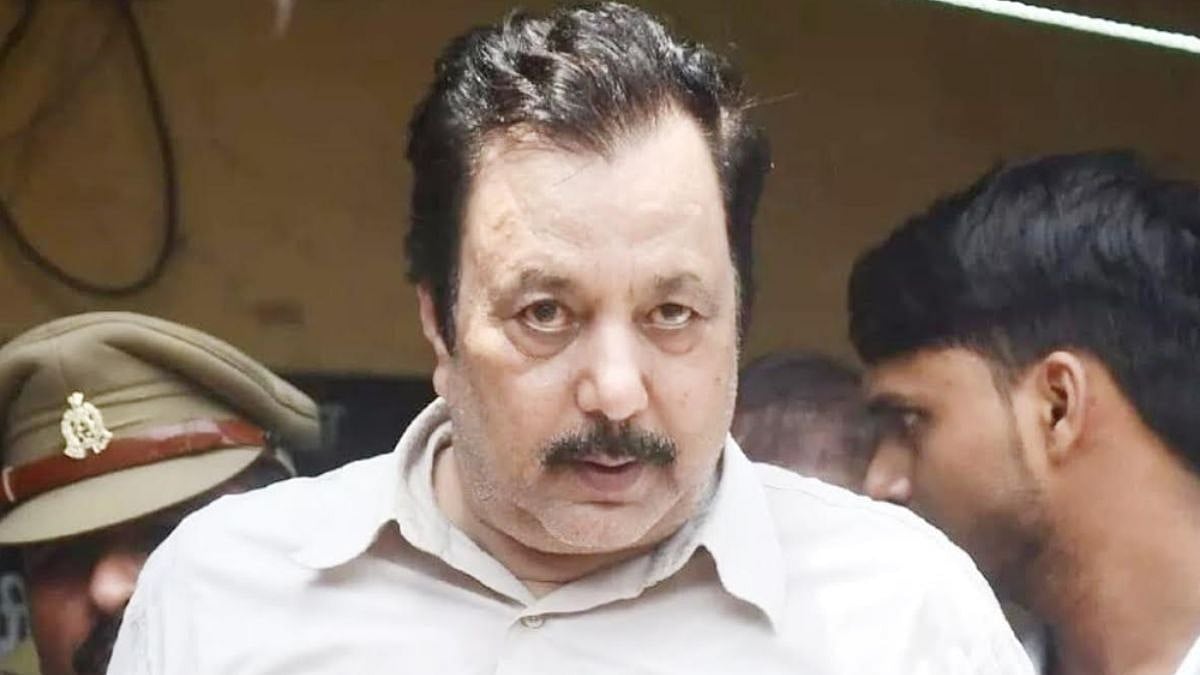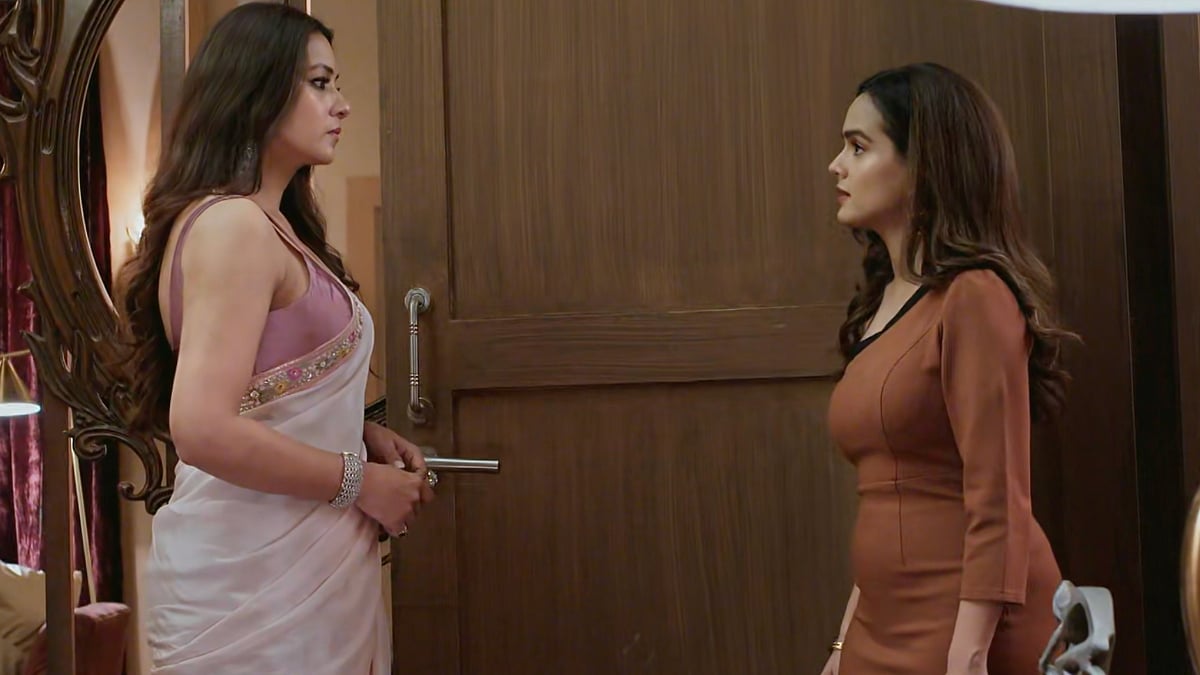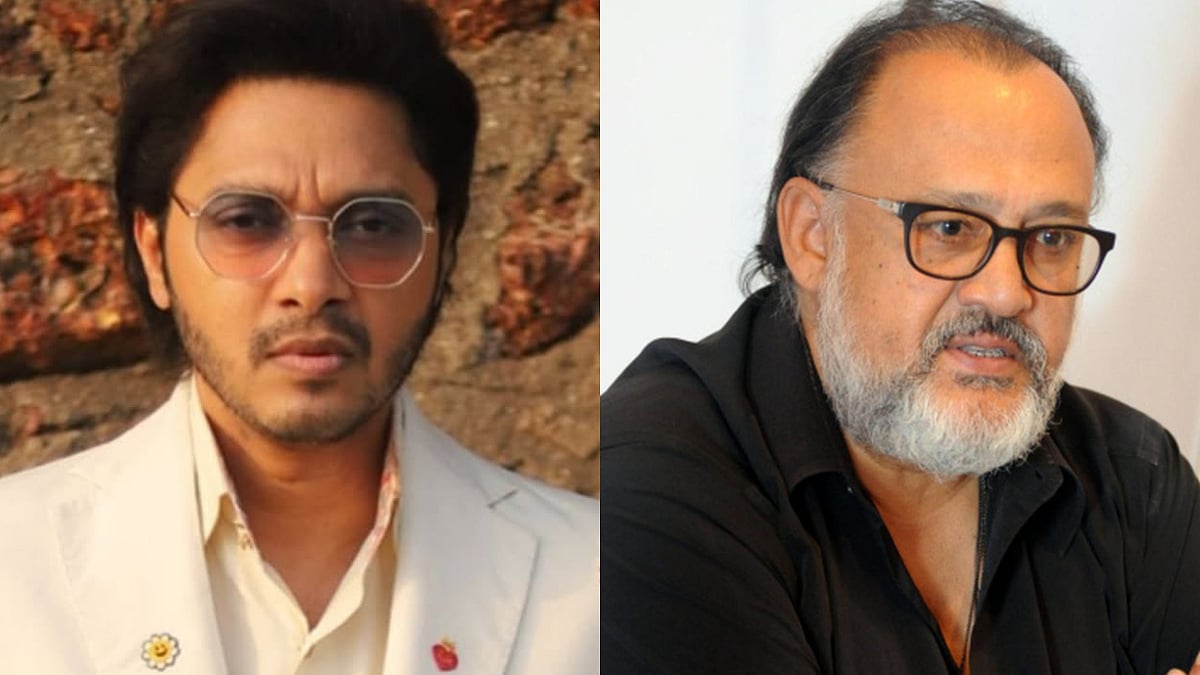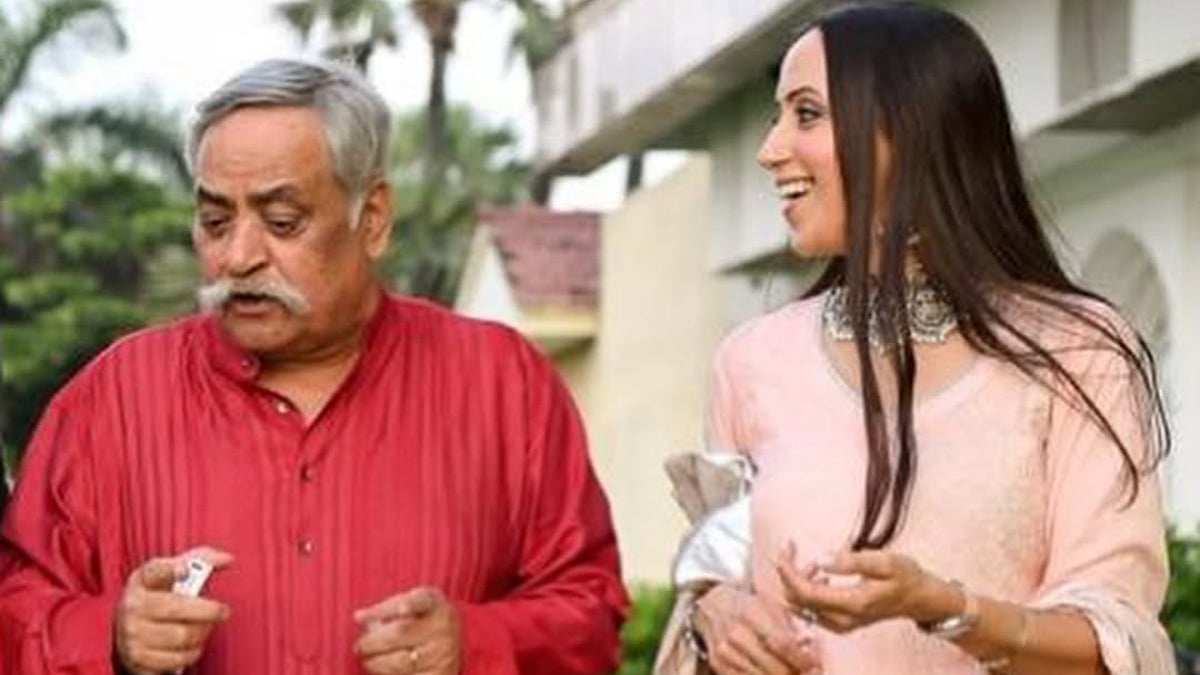Time travel has always been an exciting subject in world cinema. It became a cult phenomenon post the American classic, Back To The Future, in 1985 and its sequels. Quoted as one of the most successful and influential series, it not only inspired films and TV series, but also became the base material for several books, games and apparels all over the world.
Its strong influence was also seen in India when a famous TV series in the late ’80s had its clear traces revolving around school kids and their adventures. Titled Indradhanush, the series featured many young performers who later became the stalwarts of Hindi cinema like Karan Johar, Urmila Matondkar and Ashutosh Gowariker. A potent influence of Back To The Future was also there in the basic plot of Shekhar Kapoor’s Time Machine, featuring Aamir Khan, Raveena Tandon, Vijay Anand, and more. Unfortunately, the film was shelved because of some undisclosed reasons. The influence was majorly seen post the Back To The Future phenomenon in 1985 and that is exactly why a Hindi film talking about the theme a decade back in 1976, becomes a rare and important attempt in Indian cinema.
Presented by D. S. Pictures, the film was Kitne Paas Kitne Door featuring Samit Bhanja, Heena Kauser, Utpal Dutt and Robi Ghosh playing the key characters. Written, produced and directed by D. S. Sultania (who also wrote the lyrics), it had music by Chand Pardeshi including a melodious song Mere mehboob shayad aaj kuchh.
A technically decent film with a noticeable background score, it was also a path-breaking attempt for its unusual format of having two distinctive and unrelated stories in its two halves. It begins with a voice-over talking about people obsessed with money and how they are willing to go to any extreme for acquiring more. The narration first introduces the viewers to a conman living with his lover and then reveals how the clever criminal gets conned by his target itself. The progression keeps you intrigued and its twists strongly make you recall the writings of James Hadley Chase in particular.
As the story ends with a tragedy, the voice-over returns explaining how the conman was so close to everything he wished for, yet so far, announcing the interval. It quickly moves over to the next greedy character in the second half introducing Utpal Dutt as a music-lover zamindar struggling with his limited means living in an old haveli. The character at once makes you recall the similar settings in Satyajit Ray’s Jalsaghar. Trying another bold experiment here, Dutt breaks the fourth wall and begins talking to the voice-over in an annoying tone looking straight into the camera. No doubt, such innovations together in a film in the mid-70s were nothing short of an achievement of its kind.
A regular visitor at race course, Dutt is fond of gambling but often loses money adding to his family problems. In a conversation with his wife, he even mentions the famous lyricist Rajendra Krishan, who had, in reality, won a jackpot in the race course that also became news in those years. As a well aware film, the sequences also mention Indira Gandhi and her speech in the times of Emergency.

With a motive of getting valuable tips for the races, Dutt even tries to call spirits through the spirit-board and luckily encounters one who promises to help him soon. The next day he strangely finds a newspaper lying in the middle of a road. Picking it up he gets shocked to notice that it is the paper of the next day, the future. Scared of touching it again, he gets confused, but then recalls the spirit’s promise to help him soon. It then strikes to him that tomorrow’s paper must be having the race results of today. The thought thrills him and he puts money on the horses, as stated in the future newspaper in his hand.
Dutt makes an enormous fortune in the race course that day with a bag full of money and holds it tight in the taxi headed back to the haveli. Sitting at the back seat, as he glances through the paper, a piece of news strikes him hard that brings a sudden halt to the story. The headline of the news reads How Far, How Near denoting the title of the film. However, the climax cannot be revealed here to keep your interest alive.
To conclude, it is amazing to explore a Hindi film with two different stories narrated before and after the intermission conceived in 1976, with one thoughtfully exploiting the theme of time travel. A daring experiment of its times, it also reminds us that there must be many more hidden gems like Kitne Paas Kitne Door in our cinema, still waiting to be rediscovered again reaching the next generation.
(The writer is a critic-columnist, an explorer of cinema and author of ‘Did You Know’ series on Hindi films also active at bobbytalkscinema.com)












